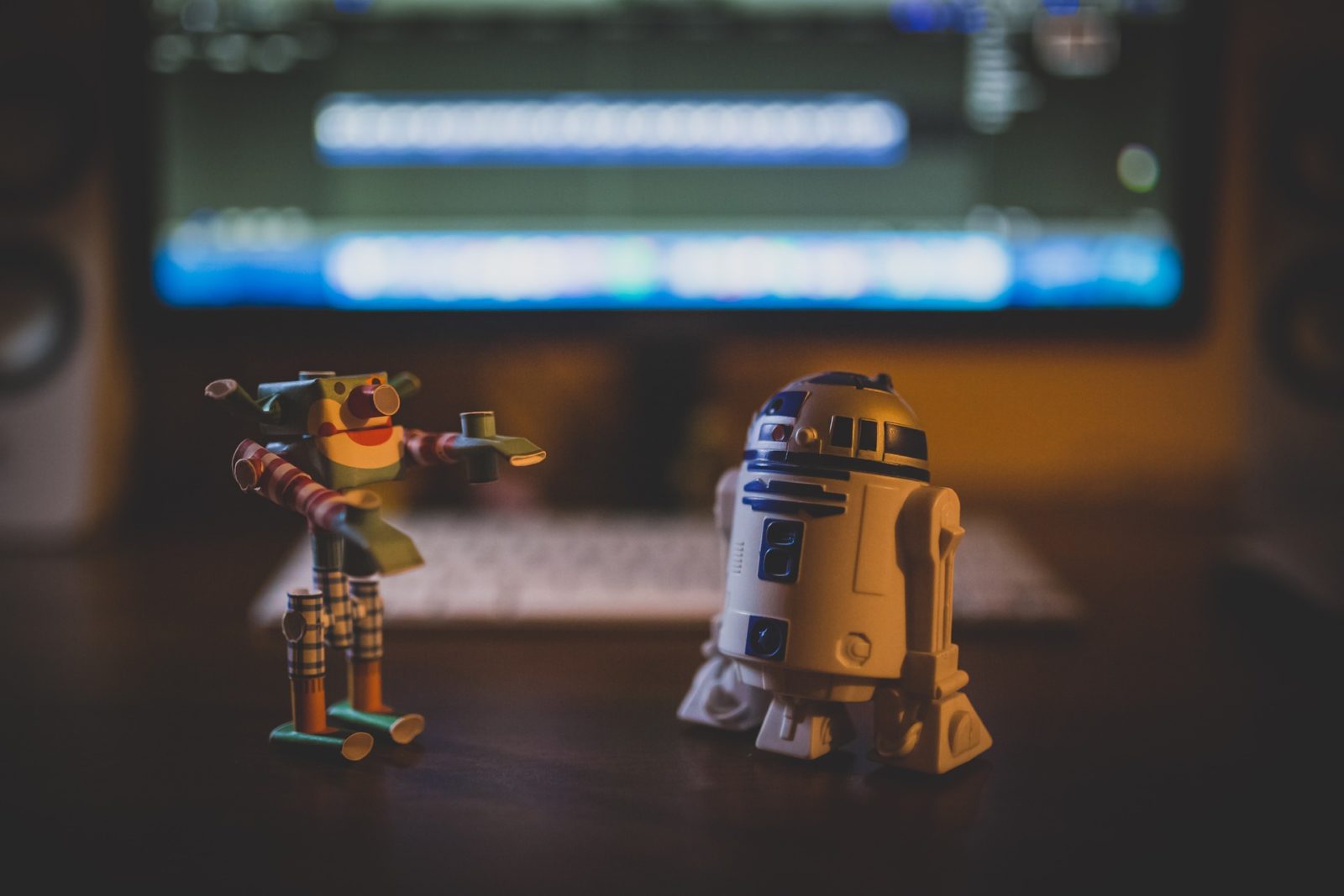Inside a Schnucks grocery store in St. Louis, Missouri, a robots turns a corner and heads for a aisle full of products. Inside the store, the robot clerk meets a masked customer who is pushing a shopping cart carrying bread.
Tally, the robot that takes care of the inventory
A red signal on the robot’s head makes the introductions. “Hi, I’m Tally! I’m checking the inventory on the shelves!” Customers – some wearing gloves, others choosing to buy masks – are not impressed by its presence.
What was initially a bit strange for shoppers when this robot arrived a year ago is now, after the coronavirus pandemic, something not at all unusual happening inside the store. The robot has become part of the backdrop, posing far less of a threat than other shoppers and raising far less concern than more pressing issues such as personal safety, potential product shortages.
The robots are here to stay
These robots aren’t just in the grocery stores. These machines are already in the everyday life of Texas A&M University. Also at the Robot-Assisted Search and Rescue Center. A survey was recently conducted where over 120 reports were collected from around the world on how robots were used during the COVID pandemic. They have been used to spray disinfectants, walk dogs and even as real estate agents. But where they may be doing the most to save lives is in hospitals, helping with things like disinfection, patient admissions and delivery of supplies.
Healthcare robots
Until now, there was only one health care robot, which was already working in two Texas hospitals before the Covid-19 arrived. It has been responsible for delivering laboratory samples, intravenous pumps, drugs and protective equipment during the pandemic.
These robots have not yet been deployed to work within critical care, intensive care or COVID units. However, the pandemic we are experiencing has forced the makers of Moxi, Diligent Robots of Austin, Texas, to think about how they could more actively assist in the treatment of patients.
The creators of the health robot have said: “If we can find ways to automate more dangerous activities, then we should do it.
Moxi, the robotic nurse
However, the application of these robots also enters our daily lives. In May, Vivian Chu, one of the company’s founders, introduced Moxi, a robot that acts as a nurse. Inside his body, he can carry a tray of “sealing tubes” containing the medicines or supplies placed there by medical workers. Moxi’s headband turns red if it is closed, green if it is open. And it allows you to adjust your height to perform tasks at the required height.
Moxi does not engage in conversation but makes adorable “meeps” while working, according to Chu, its creator: “Very R2-D2. Different noises to transmit if the robot is happy that it has successfully delivered or is upset because it opened something incorrectly”.
The designers of the robot thought a lot about creating something that would be nice, like a teammate, but without being too human.
The advent of social robots
Chu and her co-founder, Andrea Thomaz, are experts in social robots, and their long-term vision has been to help frontline health care workers. For the construction of the nurse robot, they spent two and a half years with the nurses following them, interviewing them and watching them interact with the patients. They saw how many nurses were forced to run errands like searching for supplies and medications rather than spending their time caring for patients face-to-face.
However, the creators of this robot also want to clarify the controversy that has arisen around this type of machine. The creator of the nursing robot has said: “The robot cannot be a nurse. It is not going to be a nurse. But it will be a perfect assistant to help relieve the nurse of her overload“.









